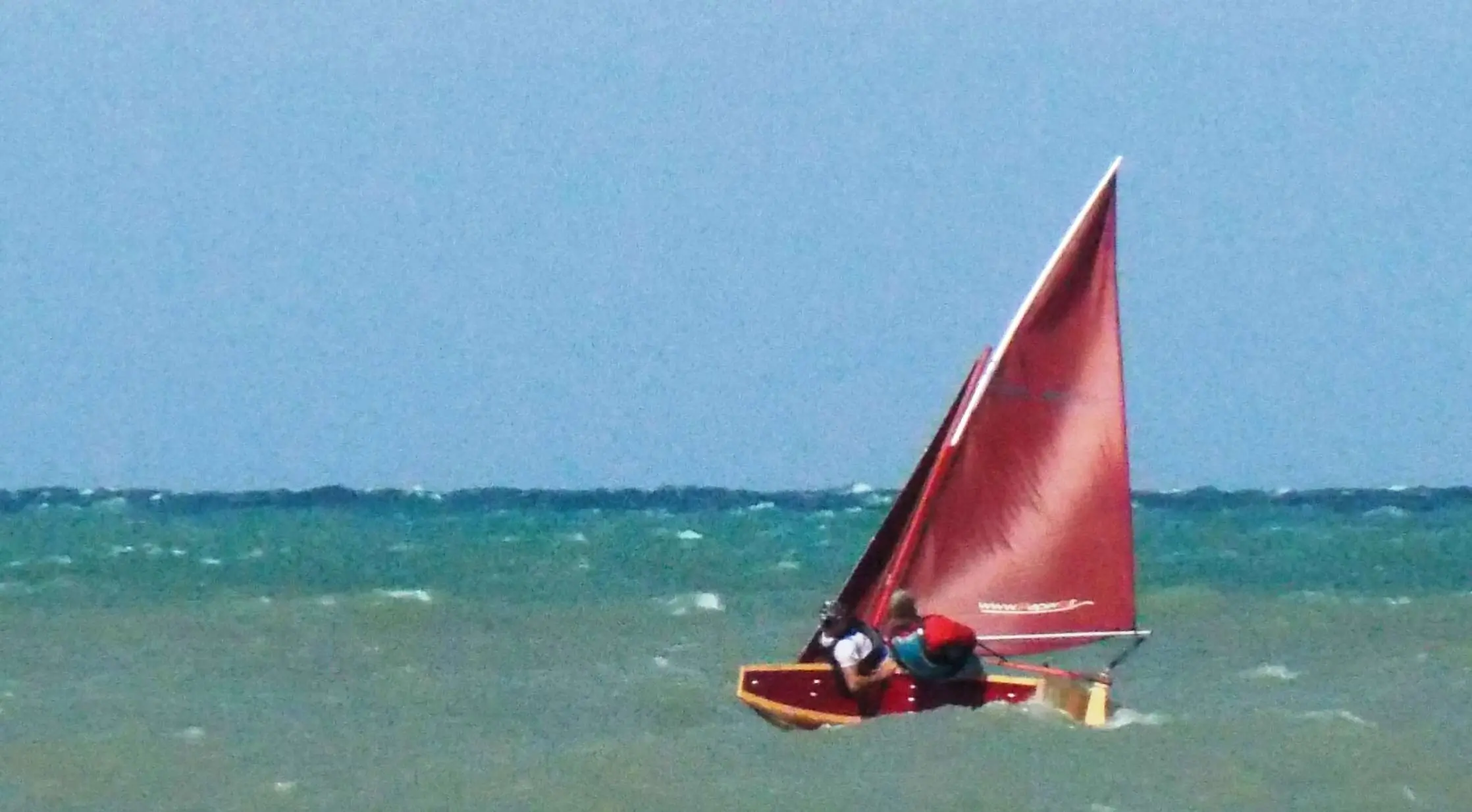“Small boat, Great sailor”
This ancient quotation sums up a deep-rooted belief of seafarers. On the other hand, it is obvious that facing the challenges of the sea on a small boat requires greater courage than on board a large vessel. But let’s see how the issue of safety at sea has been tackled on the P8.
What does “unsinkable boat” mean?
Only boats that pass the safety tests required by the certifying bodies obtain the CE mark and can be marketed in Europe. These tests verify the effective resistance of the hull to sinking when completely flooded. Great, so no boat out there can sink? Not really, because the tests do not contemplate the case in which the hull is not only flooded but also broken through. Therefore boats can sink if holes are opened in the buoyancy compartments obtained in the cavities.
But is there a way to ensure unsinkability even with holes in the hull? Yes, but on one condition: the boat’s construction material must have a specific weight that is decidedly lower than that of water. Like the wood with which we make the P8 at Zentime!
The P8 is:
made with plywood certified by the Italian Naval Register, a material with a specific weight equal to a quarter of that of fiberglass;
equipped with double integral pneumatic buoyancy tanks, at full side.
The P8 is therefore a very safe boat.
Reversible pneumatic buoyancy reserves
The buoyancy reserves can always be used in two different ways, depending on the type of navigation to be undertaken. The external pneumatic reserves are the key to the success of the dinghy. This provision of reserves has a dual purpose, because the primary function of reserve is added to that of stabilizer. But sometimes you want to take advantage of the P8’s native hull lines to get the best performance. In fact, we remind you that the P8 has hull lines (read the FAQ) directly inherited from the Dinghy Mirror. By then using the internal buoyancy reserves, the boat is allowed to move through the water with minimal friction.
Hybrid propulsion: never a single propulsion
The single propulsion constitutes an intrinsic point of weakness. This is why on motor boats, for example, the choice of installing two engines is usual. Certainly an improvement, although sometimes the problem can be with other elements of the “security chain”. In fact, the precaution of the second engine becomes useless if the problem concerns the tank or common fuel circuits.
Typical example of trouble (with a happy ending) on a single propulsion boat.
On the P8 there are always at least 2 propulsions (oars + sail), but also 3 if an engine is added: a mix that ensures the best level of safety.
